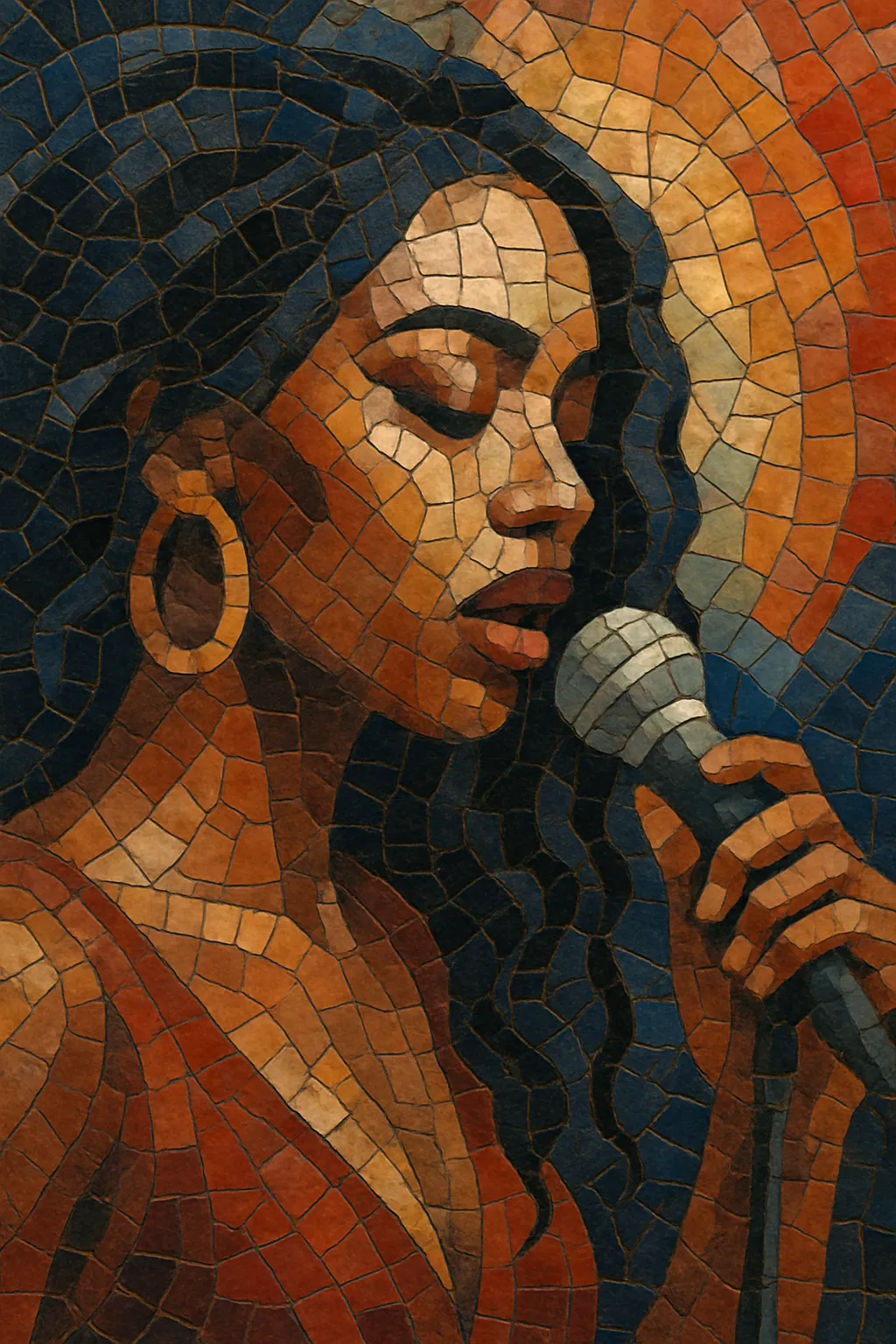
Contemporary R&B is a sleek, modern evolution of rhythm and blues that fuses the emotive vocal traditions of soul and gospel with the songwriting immediacy of pop, the rhythmic vocabulary of hip hop, and polished electronic production.
Its hallmarks include melismatic lead vocals, lush stacked harmonies, mid‑tempo grooves or slow jams built on drum-machine patterns and 808 bass, and sophisticated chord colors (maj7, min9, add9). The style spans tender ballads to club‑ready tracks, but consistently centers intimacy, romance, empowerment, and personal reflection in its lyrics.
While rooted in classic R&B, it differentiates itself through contemporary sound design, hook‑driven structures, and production aesthetics shaped by post‑disco, boogie, quiet storm, and later hip‑hop and trap rhythms.
Contemporary R&B emerged in the 1980s United States as post‑disco dance music, boogie, quiet storm, and synth‑pop techniques converged with the vocal and songwriting traditions of classic R&B and soul. Producers like Jimmy Jam & Terry Lewis and L.A. Reid & Babyface helped codify a refined, electronic yet soulful sound—crisp drum machines, shimmering keyboards, and big pop hooks—heard in the work of artists such as Janet Jackson and Whitney Houston.
In the early 1990s, new jack swing and hip‑hop beats reshaped R&B’s rhythmic backbone. Acts like Boyz II Men, TLC, and Mary J. Blige (often credited as a pioneer of hip‑hop soul) brought boom‑bap drums, sampling aesthetics, and street‑wise sensibilities into R&B ballads and mid‑tempos. Mariah Carey’s vocal acrobatics and crossover pop success further expanded the genre’s reach.
The 2000s saw contemporary R&B become mainstream global pop. Producers such as Timbaland, The Neptunes, Rodney Jerkins, and Stargate introduced futuristic syncopations, digital textures, and innovative vocal treatments (including widespread Auto‑Tune and layered ad‑libs). Blockbuster releases by Usher, Beyoncé, Alicia Keys, and others cemented the genre’s chart presence and shaped radio formats worldwide.
A wave often labeled “alt/left‑field R&B” emerged, embracing atmospheric soundscapes, minimalist beats, and introspective songwriting. Artists like The Weeknd, Frank Ocean, and later SZA drew on indie, ambient, and electronic influences while retaining R&B’s melodic and harmonic core. Streaming platforms accelerated cross‑pollination with pop, hip hop, and global scenes, making the genre increasingly fluid and hybrid.
Contemporary R&B continues to blend with trap rhythms, Afrobeats grooves, and international pop (K‑pop, Mandopop, V‑pop). The style remains defined by vocal excellence, emotionally direct lyrics, and studio craft—now mediated by DIY production tools, social media discovery, and worldwide collaborations.

